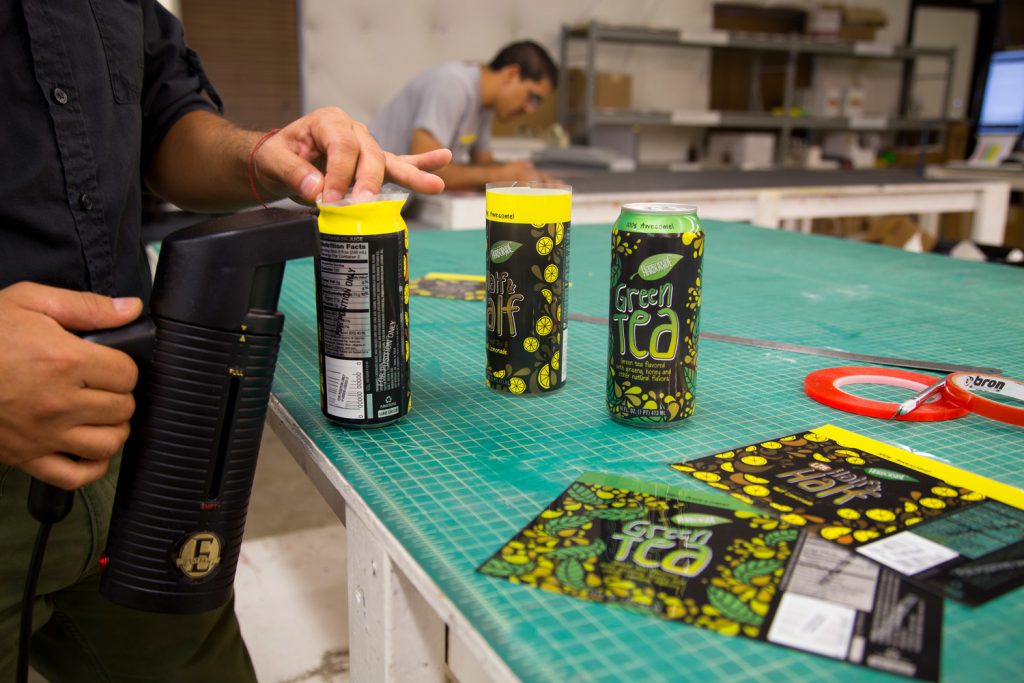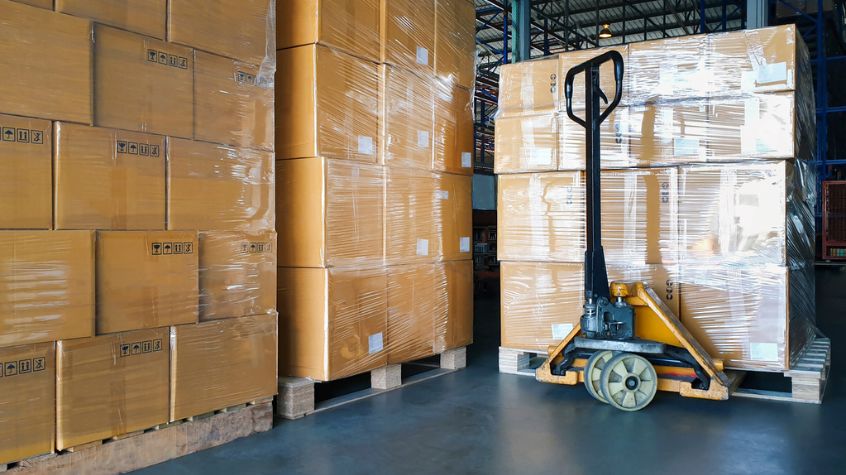At its core, packaging material optimization is about finding the right balance between cost, sustainability, and performance. It’s the process of strategically evaluating and improving packaging choices to reduce waste, lower expenses, and create solutions that are strong, efficient, and environmentally responsible.
What Is Packaging Material Optimization?
Packaging material optimization is the practice of designing and selecting packaging materials in a way that maximizes efficiency while minimizing waste and cost. It involves using the least amount of material necessary without compromising the protection, appearance, or performance of the packaging.
Instead of defaulting to standard boxes or materials, optimization examines product size, weight, fragility, shipping requirements, and sustainability goals. The outcome is packaging that delivers the same or better protection at a lower cost and with a smaller environmental footprint.
Why Does Packaging Material Optimization Matter?
The importance of optimization comes down to three main factors: savings, sustainability, and performance. By aligning material use with product needs, businesses cut costs, improve customer satisfaction, and reduce their environmental impact.
- Cost savings: Optimized packaging directly contributes to packaging cost reduction through lighter materials, smaller package sizes, and reduced shipping costs.
- Sustainability: Businesses can switch to sustainable packaging materials that minimize landfill waste and align with consumer expectations for eco-friendly practices.
- Performance: Optimized packaging ensures the product is protected throughout storage, retail, and transit, which reduces returns and customer dissatisfaction.
How Does Material Efficiency in Packaging Work?
Material efficiency in packaging is about doing more with less. Rather than over-packaging or relying on excess padding, companies analyze the product’s actual needs and design packaging to fit them precisely.
For example:
- Thinner but stronger shrink films can reduce plastic use.
- Right-sized boxes eliminate unnecessary void fill.
- Multi-layer flexible materials provide durability with less weight.
This efficiency reduces waste and costs while still protecting the product. It’s a clear example of how thoughtful choices support both the bottom line and sustainability.
How Does Packaging Material Optimization Impact Costs?
Businesses facing tight margins are increasingly interested in packaging cost reduction. By optimizing packaging materials, companies save on:
- Shipping: Smaller and lighter packages lower freight costs.
- Materials: Less cardboard, plastic, or film directly cuts material expenses.
- Storage: Optimized packaging requires less warehouse space.
- Returns: Stronger, better-designed packaging means fewer damaged goods.
These savings compound across large product volumes, making optimization a strategic financial move as much as an operational one.
Why Is Sustainability a Key Part of Optimization?
Sustainability has become a driving force in consumer decisions and corporate responsibility. Choosing sustainable packaging materials is no longer optional for brands that want to stay competitive.
By incorporating recyclable, compostable, or responsibly sourced materials, packaging optimization reduces environmental impact while still supporting durability and performance. Many businesses also use optimization to meet regulatory goals or corporate ESG commitments.
As highlighted in Economic Pressures Drive CPG Packaging Decisions Between Cost and Sustainability, companies are balancing cost considerations with consumer demand for greener solutions. Optimization helps bridge that gap.
What Role Does Packaging Design Optimization Play?
While materials are important, the design of the packaging is equally critical. Packaging design optimization considers dimensions, structure, weight distribution, and protective features to maximize both efficiency and user experience.
For example:
- Redesigning a box to better fit the product can reduce the need for bubble wrap.
- Changing a closure type can improve resealability and reduce consumer frustration.
- Adjusting the package’s footprint can lower shipping pallet costs.
Effective design optimization keeps packaging functional, cost-effective, and aligned with brand values.
What Are Packaging Optimization Services?
Packaging optimization services help companies navigate the complexity of materials, design, regulations, and sustainability standards. A partner like SPS The Whole Package brings expertise in evaluating current packaging, testing new materials, and recommending changes that cut costs while maintaining or improving performance.
These services typically include:
- Material testing and selection
- Design analysis and redesign
- Sustainability consulting
- Performance testing under real-world shipping and storage conditions
Working with experts saves companies from trial-and-error approaches and accelerates the path to better packaging.
How Do Product Packaging Requirements Affect Optimization?

Every product has unique requirements, from shelf presentation to shipping durability. Understanding these needs is a foundation of optimization. Businesses must consider Product Packaging Requirements in Shipping, Retail, and Storage, and how packaging will perform across multiple environments.
Optimization ensures that packaging meets these requirements without overusing materials or inflating costs. For instance, food packaging may need moisture barriers, while electronics packaging may require static protection. Right-sizing and right-material choices prevent unnecessary expenses while safeguarding the product.
How Do You Choose the Right Material?
Choosing the right packaging material depends on factors like product fragility, sustainability goals, cost limits, and customer expectations. The best material is the one that balances these needs while supporting the company’s branding and environmental commitments.
Decision-makers should ask:
- Does this material protect the product under real shipping conditions?
- Is it cost-effective for the volume we ship?
- Does it align with sustainability initiatives?
- Can it be sourced reliably at scale?
Optimization answers these questions with data and testing, helping companies make confident, informed choices.
Why Should Businesses Act Now?
Global supply chains, consumer expectations, and regulatory pressures make packaging decisions more complex than ever. Companies that invest in packaging material optimization today will see immediate cost savings while positioning themselves as sustainable and efficient leaders in their industries.
For decision-makers in packaging, the message is clear: optimization is not simply about cutting costs—it’s about building smarter, greener, and more competitive packaging strategies for the future.
SPS The Whole Package provides the expertise and packaging optimization services that help businesses reach this balance. By embracing material efficiency, sustainable packaging, and design improvements, companies can deliver both economic and environmental value through every box, bag, or shrink wrap they use.
For expert guidance on packaging strategies that reduce costs, improve efficiency, and support your sustainability goals, contact us today to learn how SPS can help.



